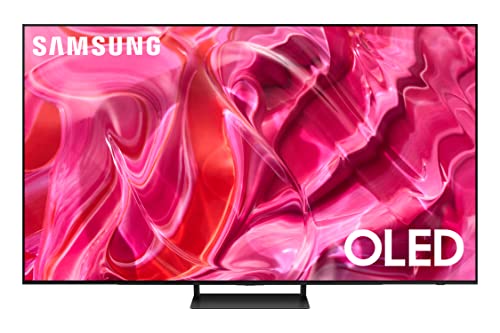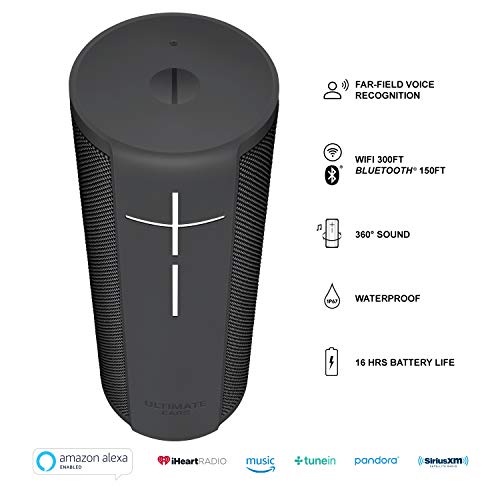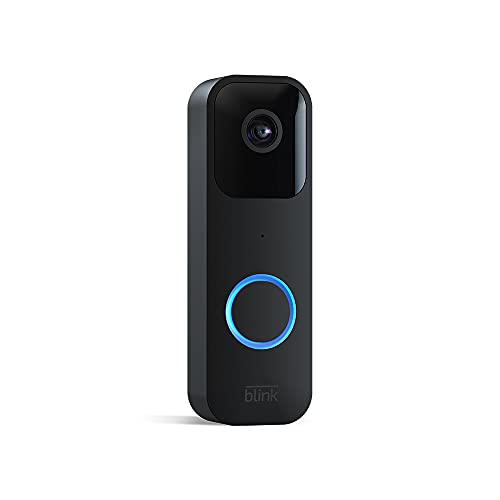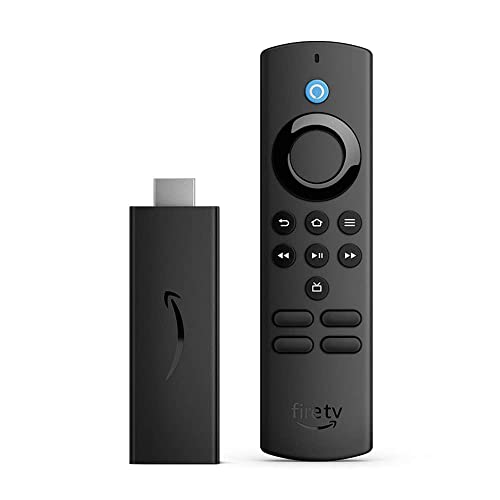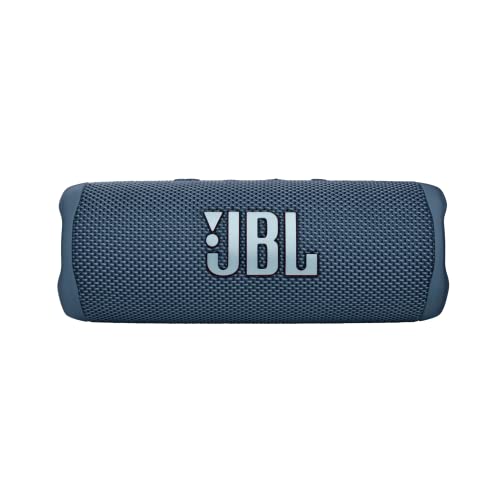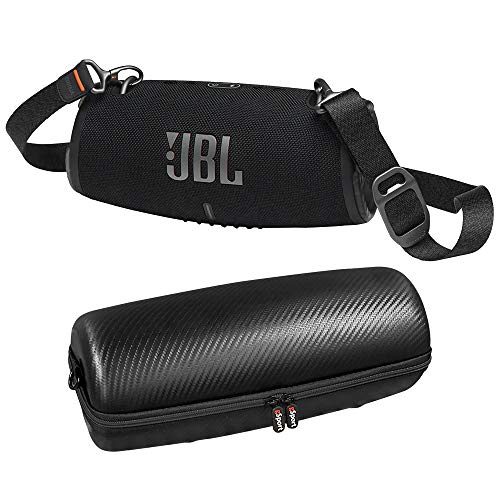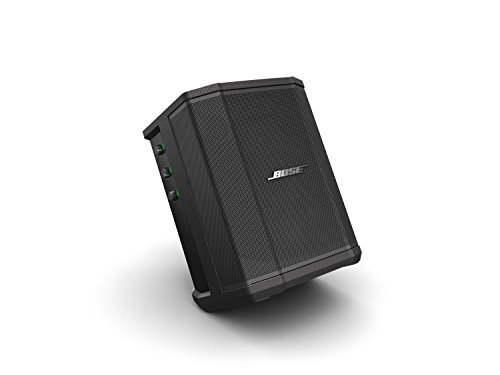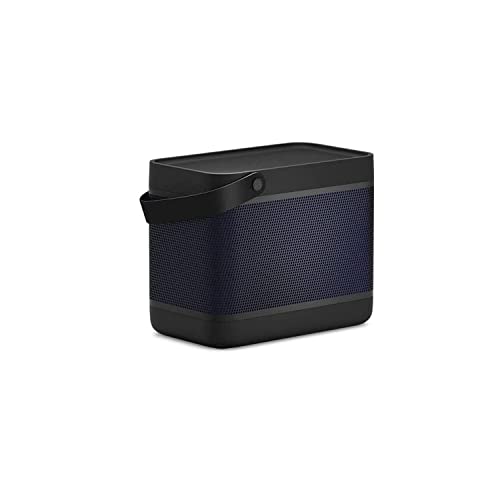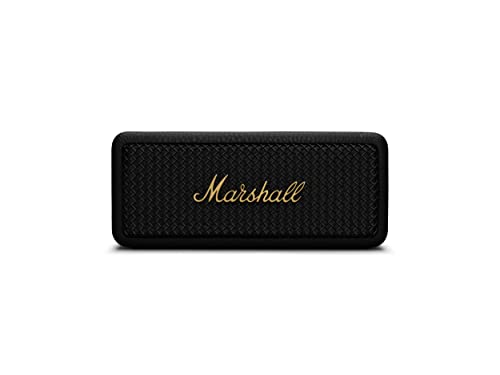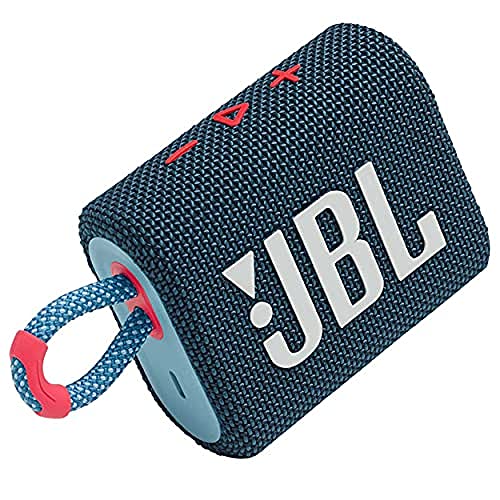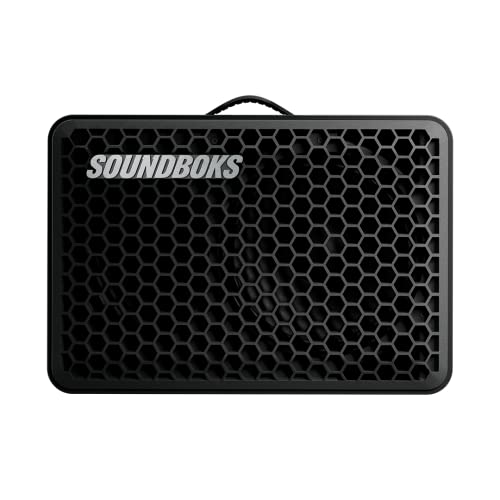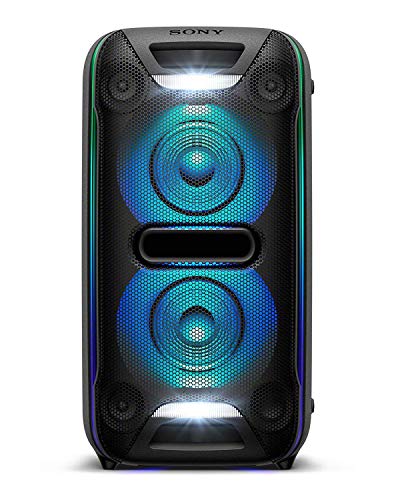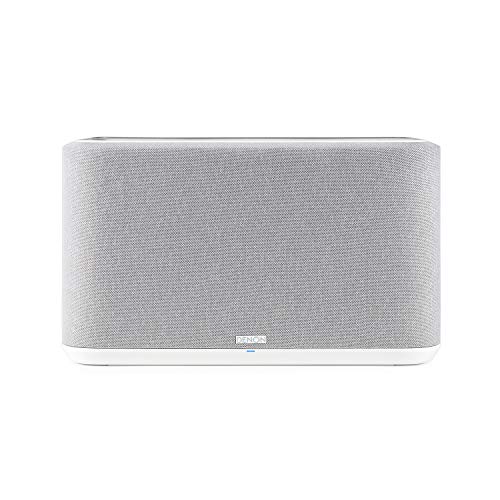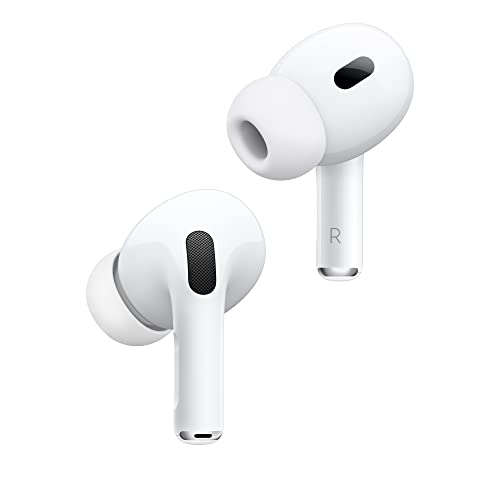A car without good sound quality is like a meadow without flowers — it does its job but lacks a certain something. On the other hand, having the best speakers installed in your car can turn a drive to the dentist into a concert. So if you’ve been considering replacing your automobile’s speakers, read on because we’ll explain how you can determine, “What size of speakers are in my car”?
KEY TAKEAWAYS:
- When deciding upon vehicular speaker size, there are two critical elements: measurements for physical space and impedance to measure the necessary wire size.
- The physical measurements are the diameter and mounting depth, so you know you have enough space for your front and rear speakers.
- Impedance is a measurement of power output, and the impedance of the audio speakers needs to match the impedance of the stereo amplifier.
And for those looking for a stationary form of stereo installation, check out our articles covering surround sound and 4-way vs 2-way speakers. We also have a great resource for mobile speakers that explains where the speakers are on an iPhone.
Car Speakers: What Size Do I Need?
Replacing factory speakers is a tremendous gift to oneself. And if you don’t want to go through the wallet-draining experience of hiring a professional to do it for you, you’ll have to put them in yourself. And to do this, you must first collect information on what size factory speakers (and factory stereo) you have.
Insider Tip
If you’re looking for louder sound and improved audio quality, experts recommend that you replace both stock speakers and stereo head unit in the car.
There are two crucial factors in determining speaker size. The first is the actual diameter and mounting depth of the car’s front and rear speakers, and the other is the size or gauge of the speaker wire. If you want to tap into the rear speakers for subs, you won’t find that information in this post.
Finding Stock Speaker Dimensions
You’ll need to remove the panel that covers the speakers to begin measuring. Then, measure the diameter using a tape measure. To determine the mounting depth, measure the distance from the rim of the speaker diaphragm to the back of the magnet.
As you examine the factory speakers in the car door, take additional measurements to see if there is extra space around the speakers. If there’s a significant amount of room (at least 3-4 inches), this might allow you to go with a larger speaker.
Finding the Right Speaker Wire
Using the right size speaker cable is a critical part of installing a new high-end 6.5 speaker. Do not take chances with speaker wire, as using the wrong size can blow your entire system. To understand what gauge wire to purchase, you’ll have to research the impedance levels of the new speakers and factory stereo. In addition, if you plan on putting in a new stereo (which we recommend), you have to make sure that the impedance of the new stereo amplifier matches that of the aftermarket speakers.
Measure the length of the previous power wires to get a rough estimate of what you’ll need. Buy copper wire in the correct gauge once you have double-checked that your impedance levels match.
Warning
Having speakers with a lower impedance or resistance than your stereo has may cause heat resistance, leading to fires.
F.A.Q.S
How important is the size when it comes to car speakers?
Size is vital in instillation and for sound quality. Therefore, you have to know the maximum size that can fit your car.
What materials to consider when choosing car speakers?
An important thing to consider with car speakers is the material of the speaker cone. It would help if it’s made of something that can endure moisture and harsh weather conditions.
Should I get 2-way or 3-way speakers?
If money is no object, 3-way speakers will lend a higher quality. But if you are on a budget, 2-way speakers will do just fine.
STAT: The Department of Health says that prolonged audio is safe if the volume is kept under 70 decibels. (source)
REFERENCES:
- https://www.worldwidestereo.com/pages/car-fit-finder
- https://www.crutchfield.com/S-1DXs08R5p5k/learn/learningcenter/car/speakers_fit.html
- https://www.ctsounds.com/blogs/main/what-size-wire-should-i-use-for-my-speakers-subwoofersr
- https://www.jbl.com/car-speakers/
- https://aegisacoustics.com/blog/what-size-speakers-fit-in-my-car

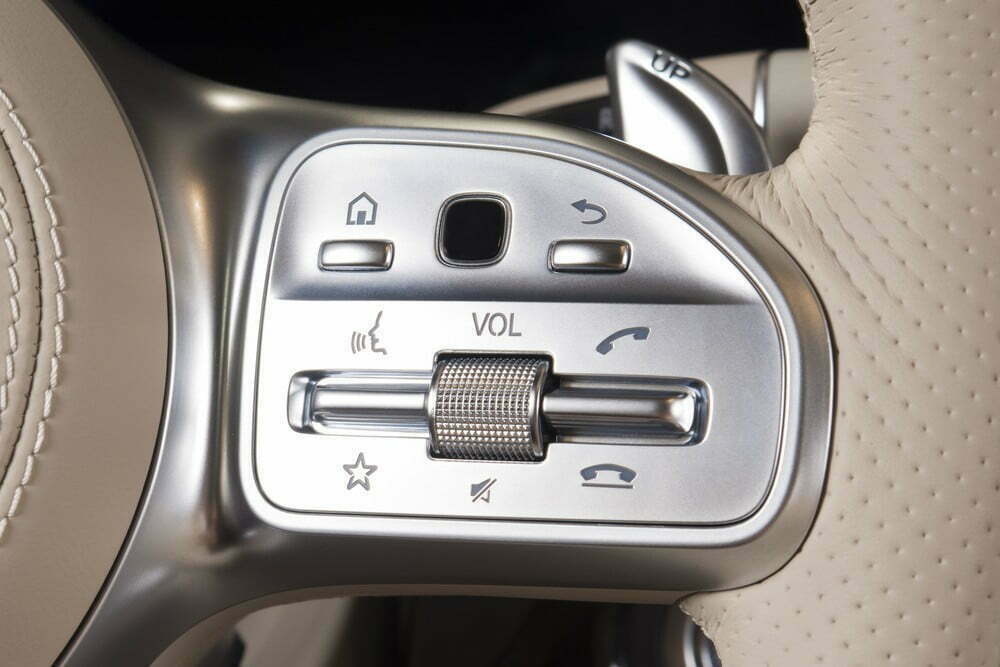













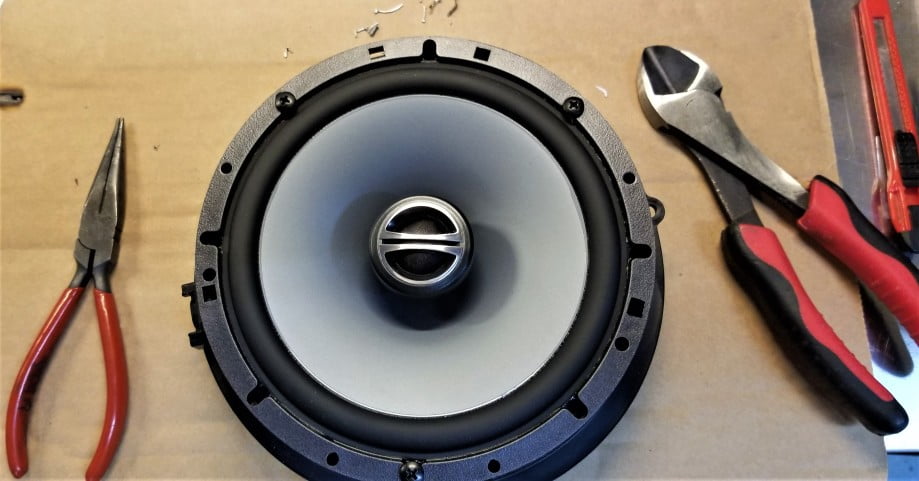
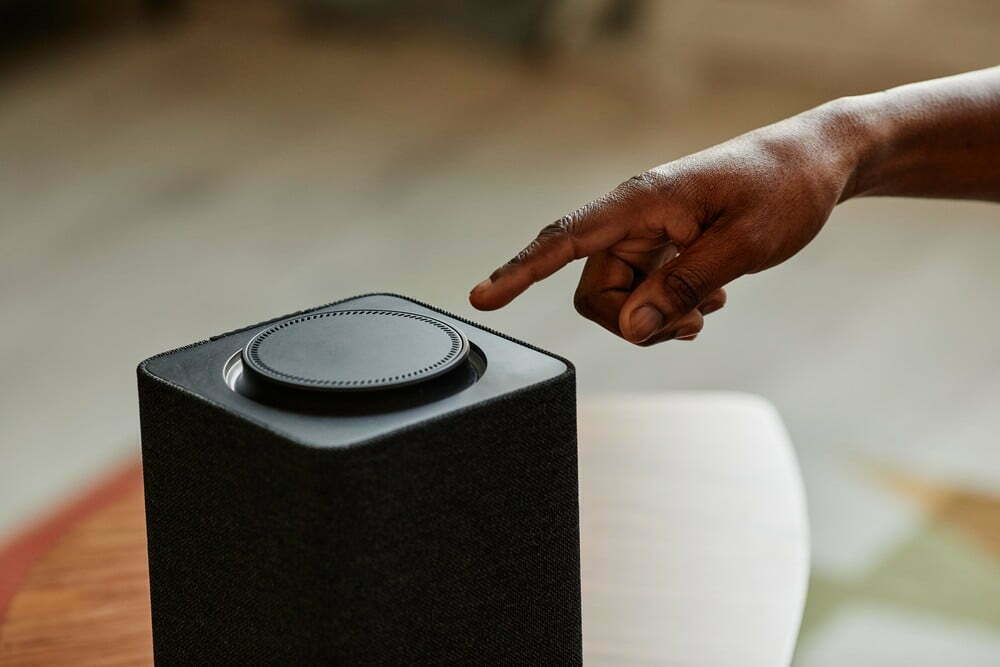
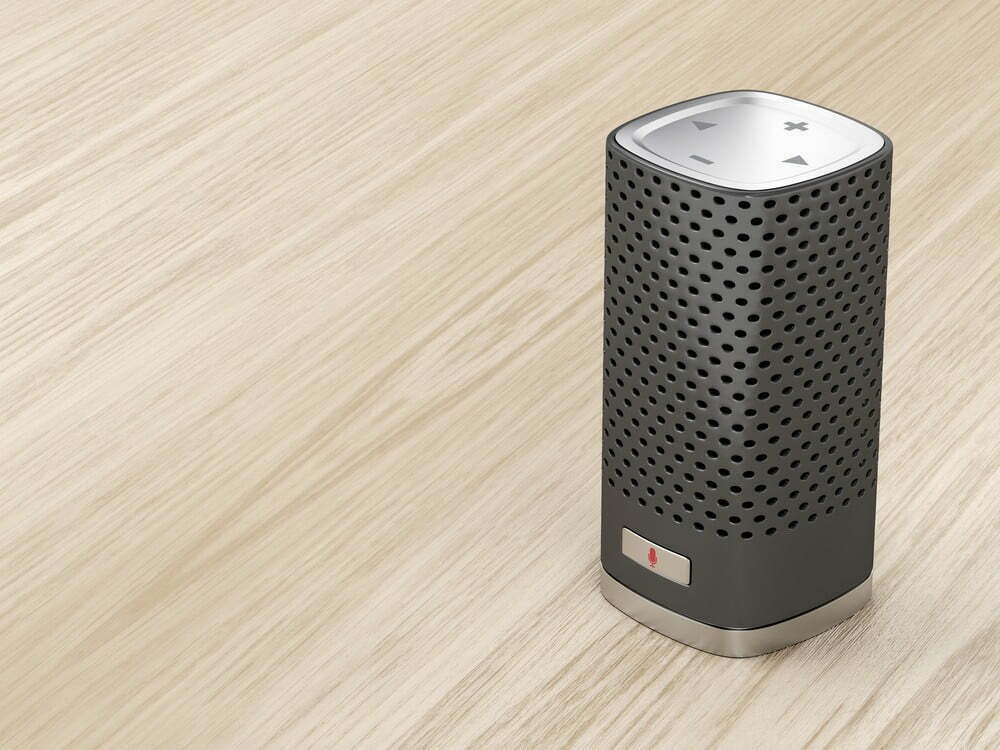
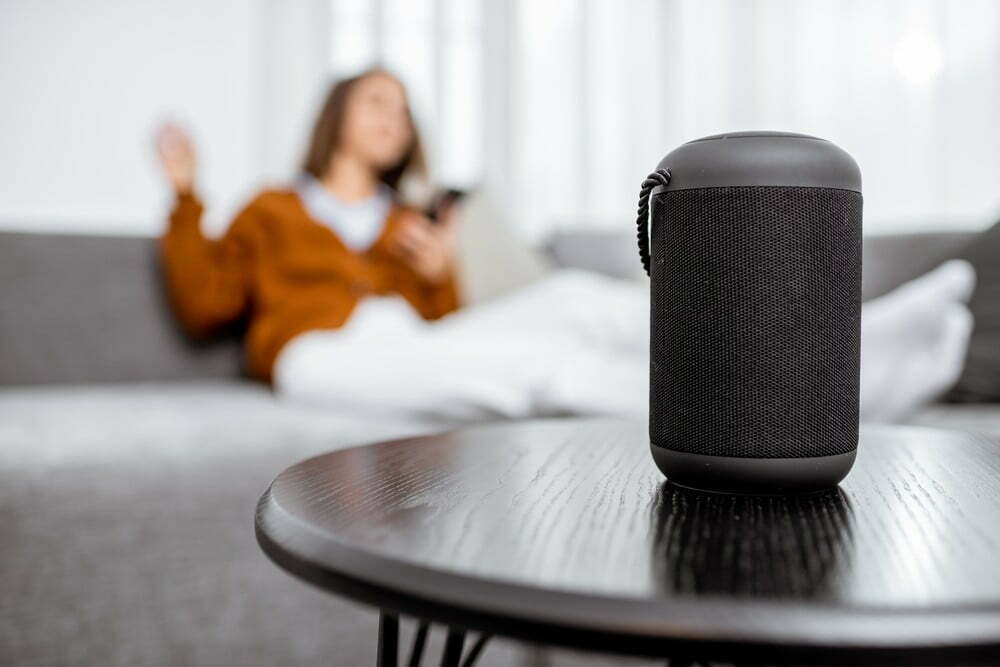

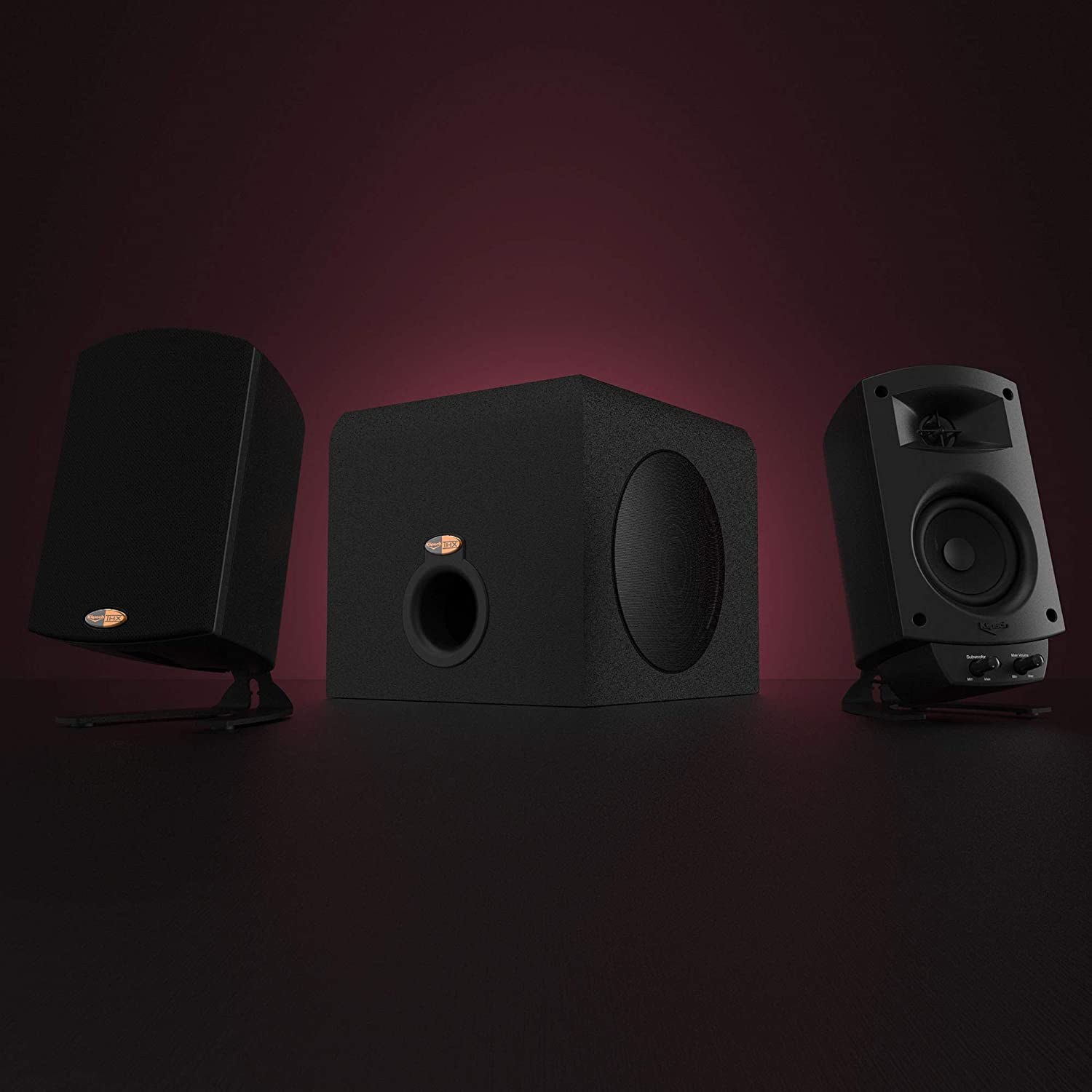
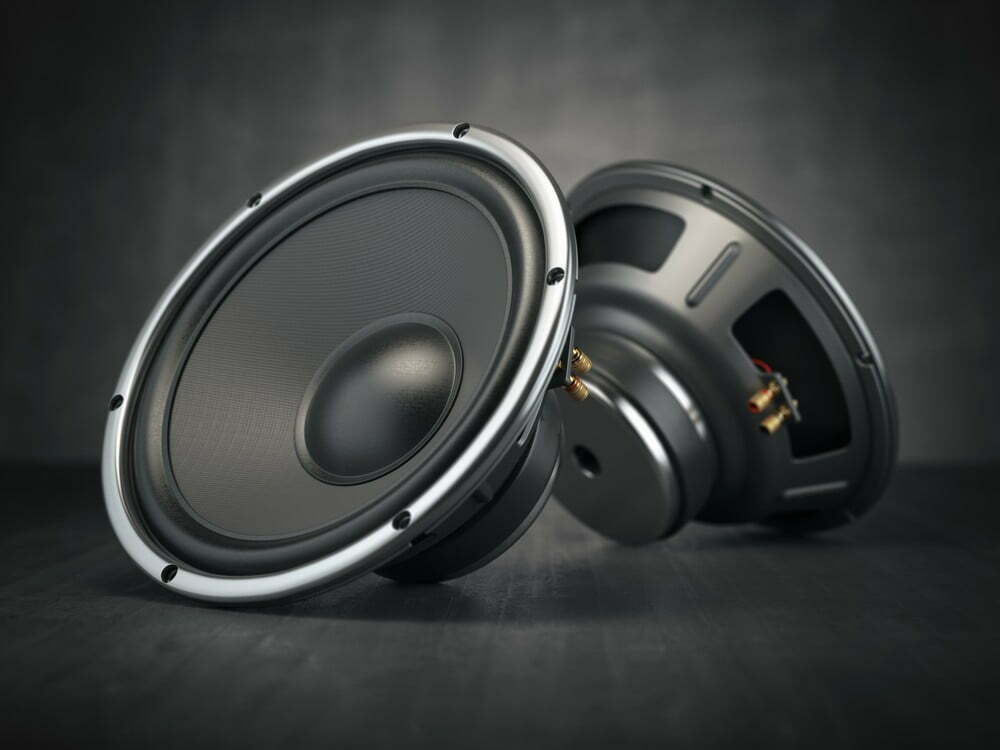
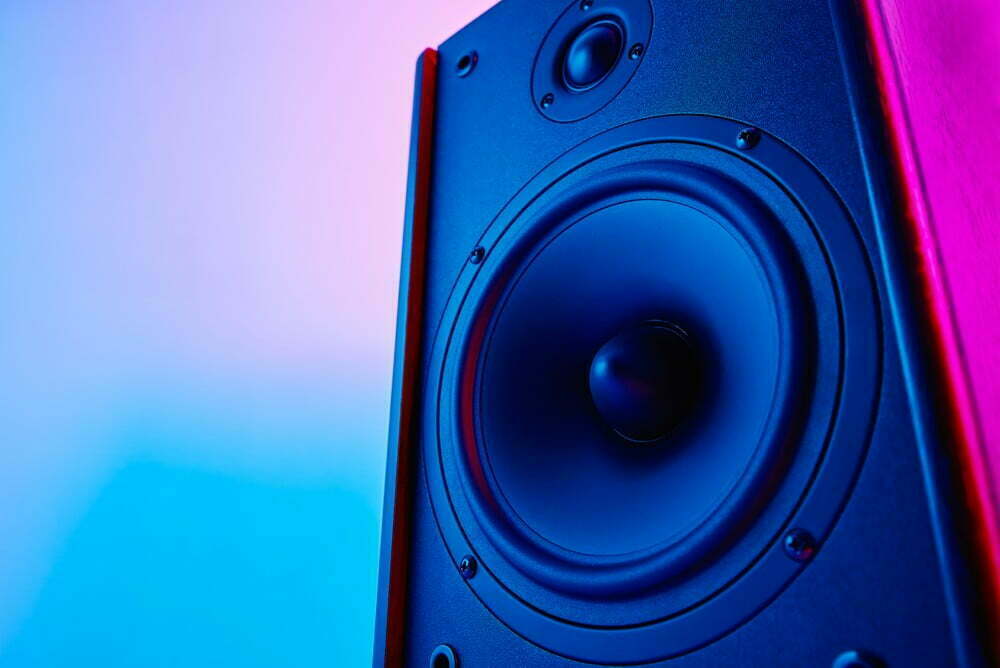
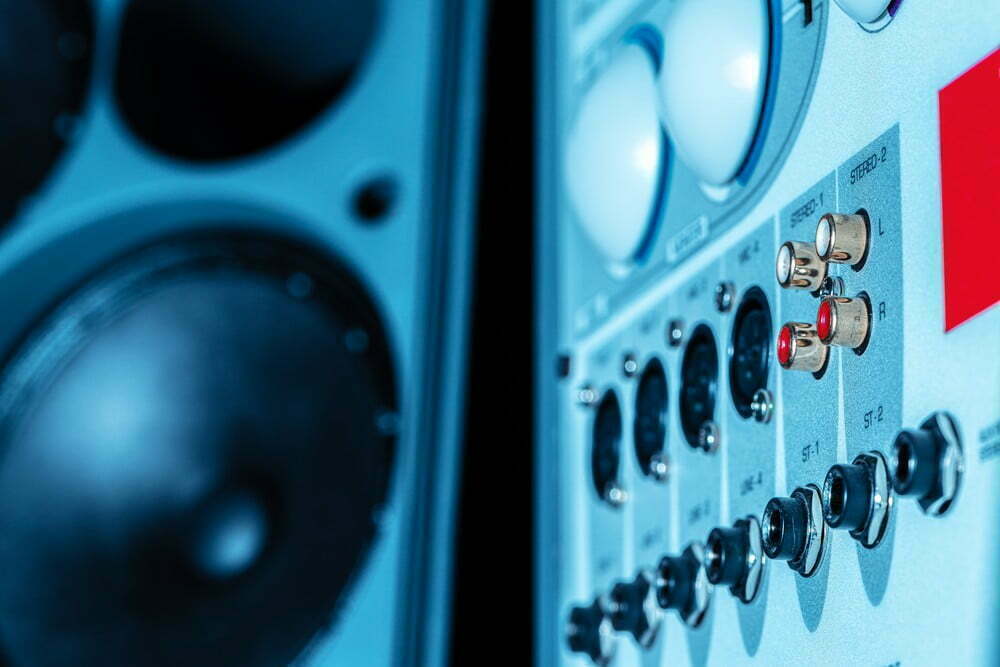
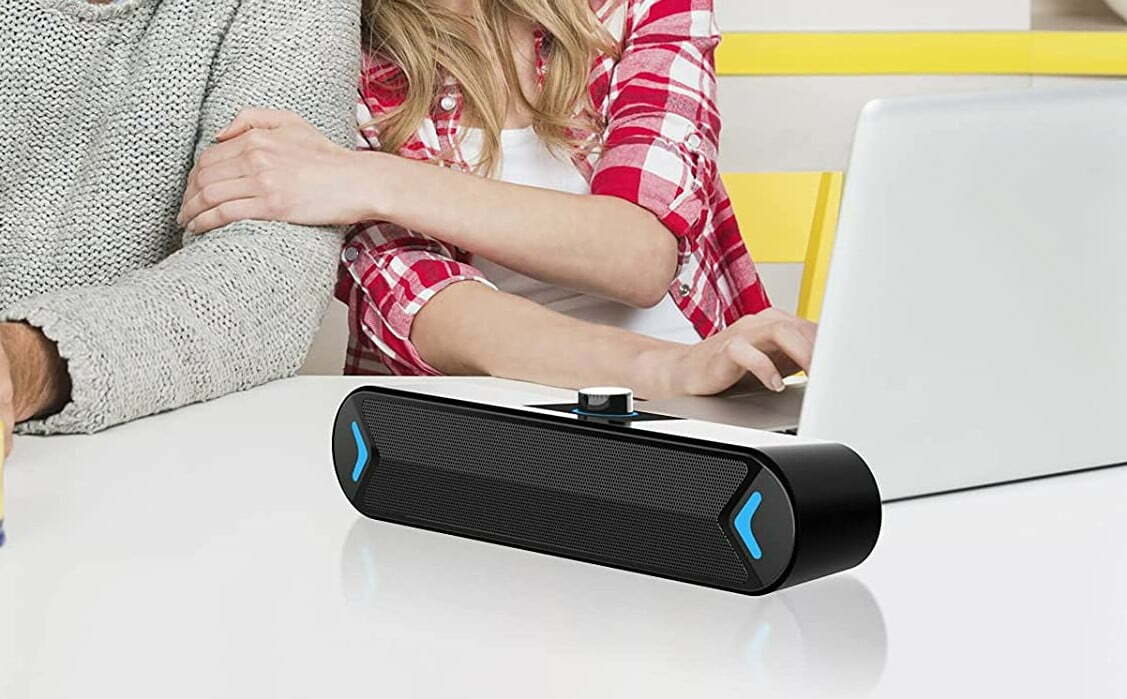
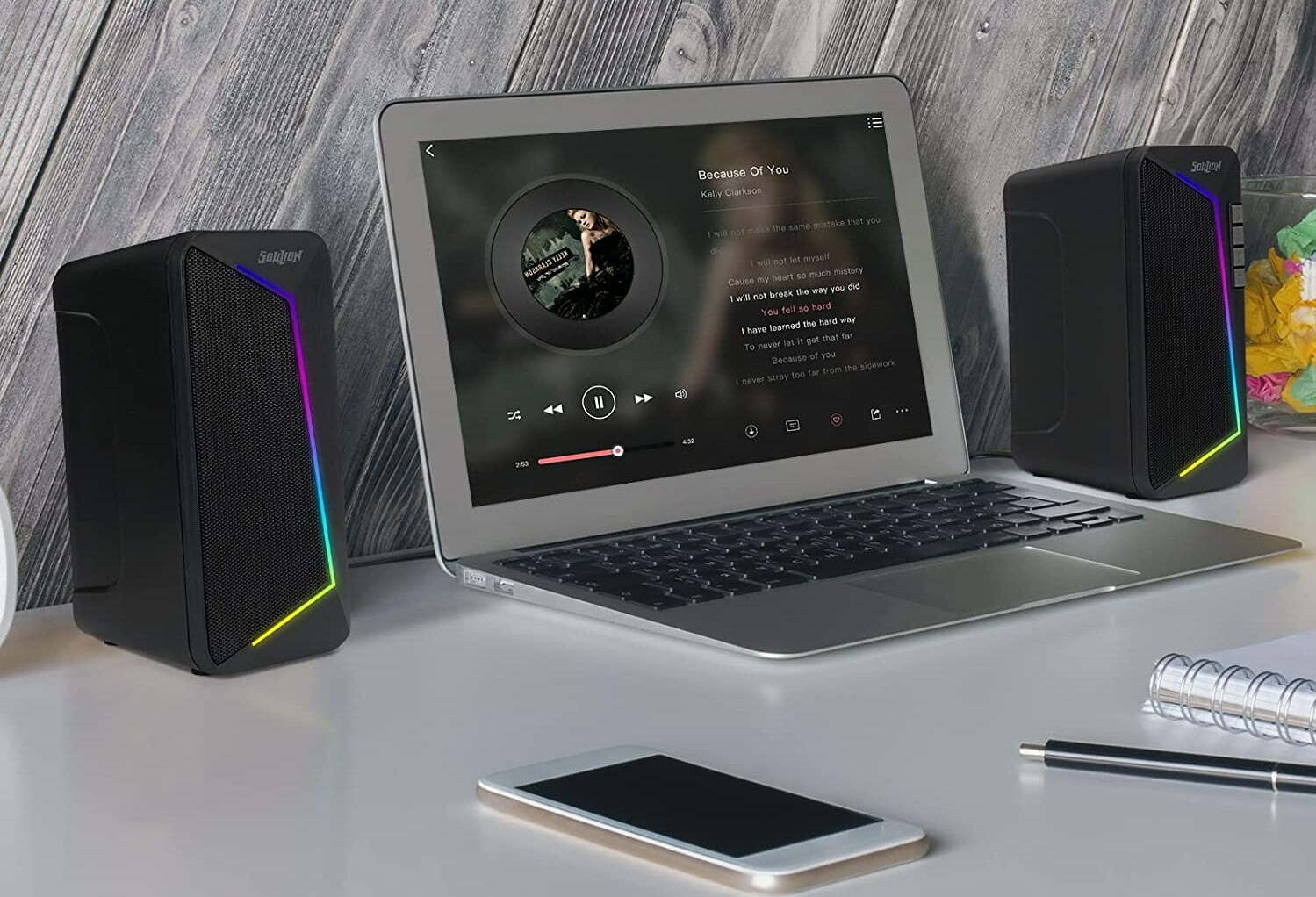
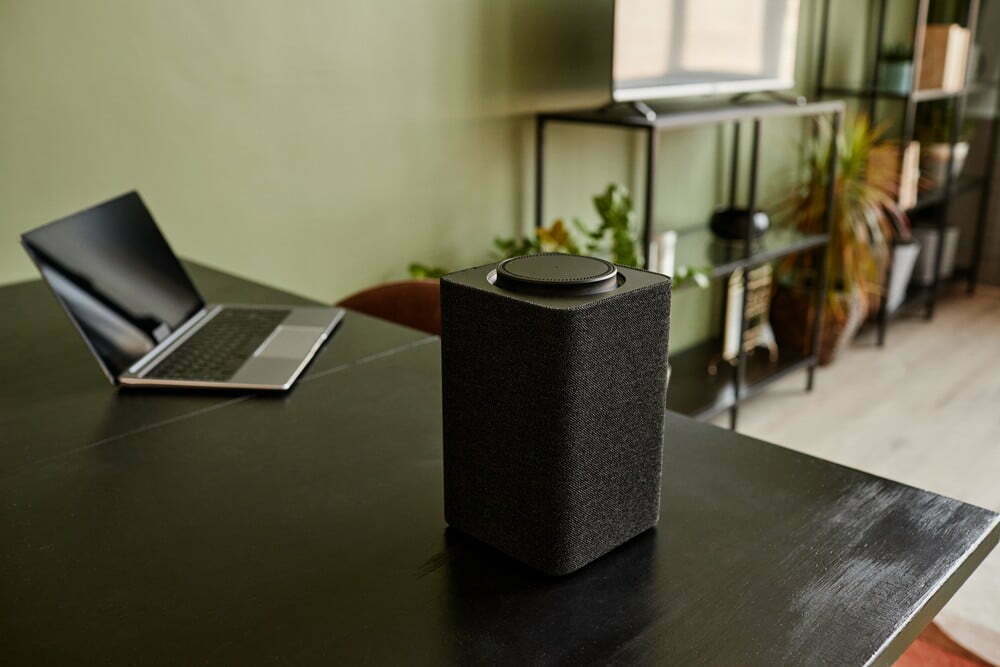

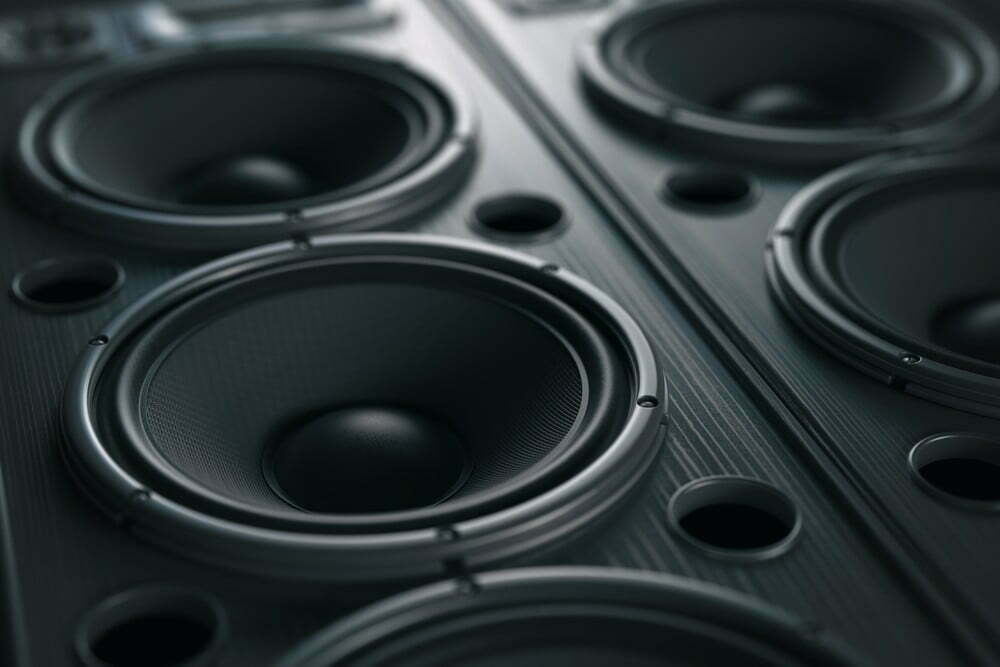
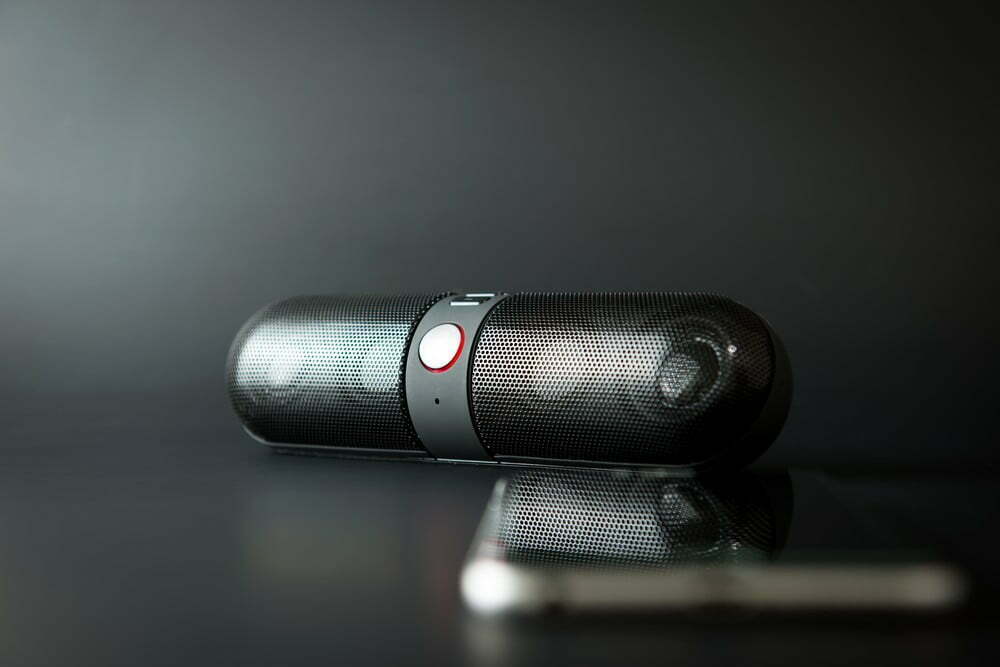
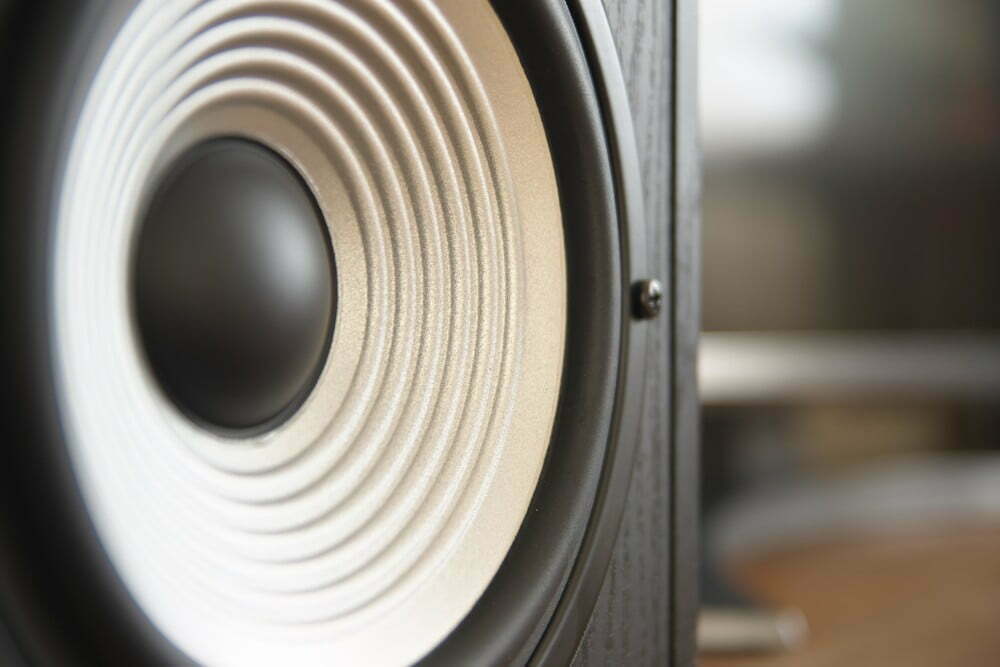
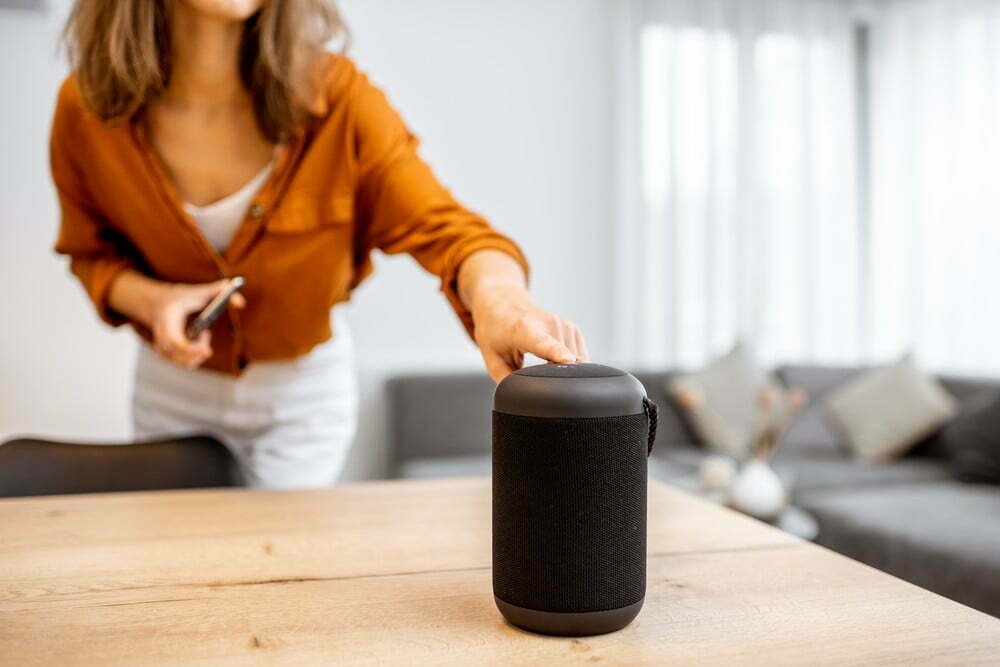
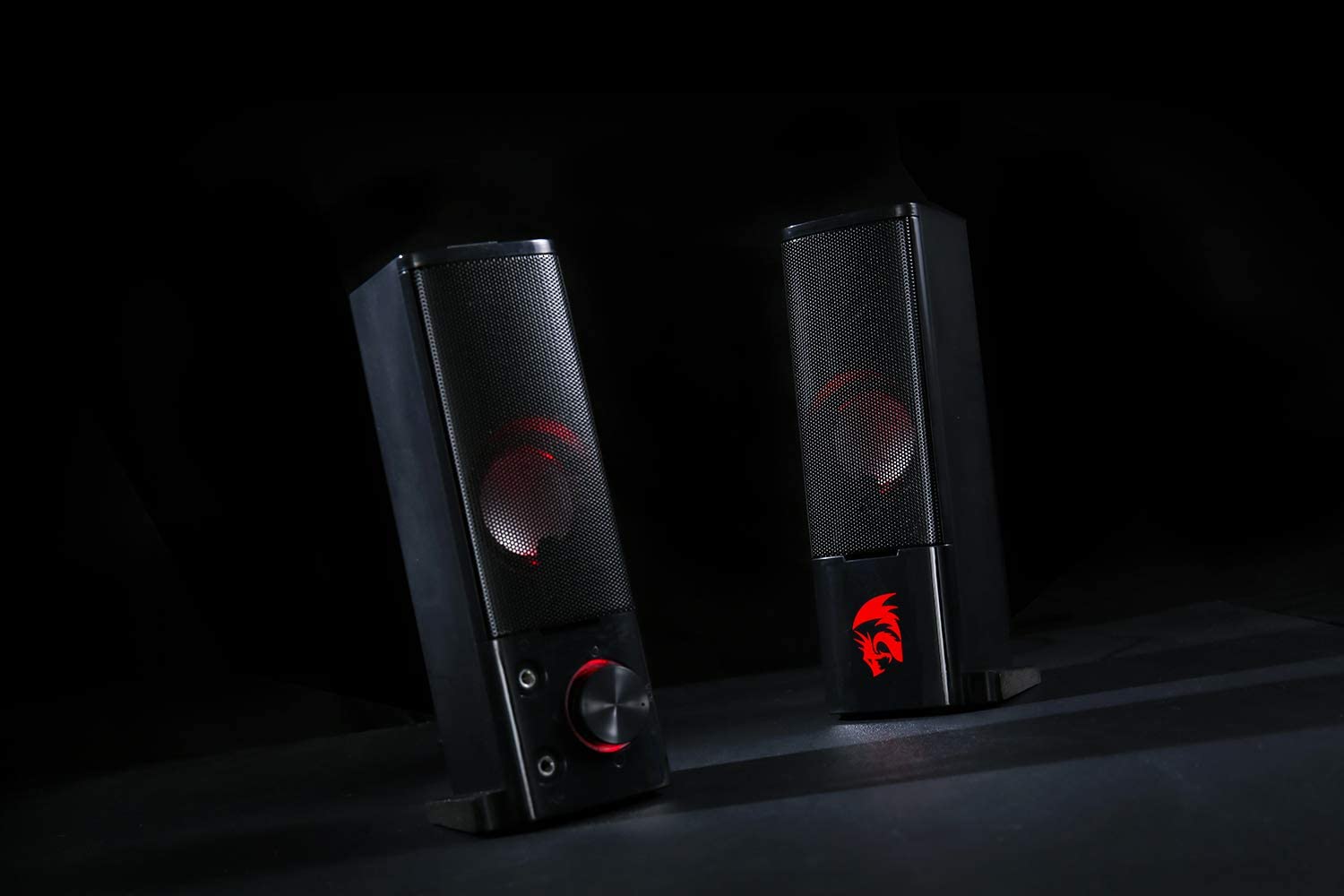
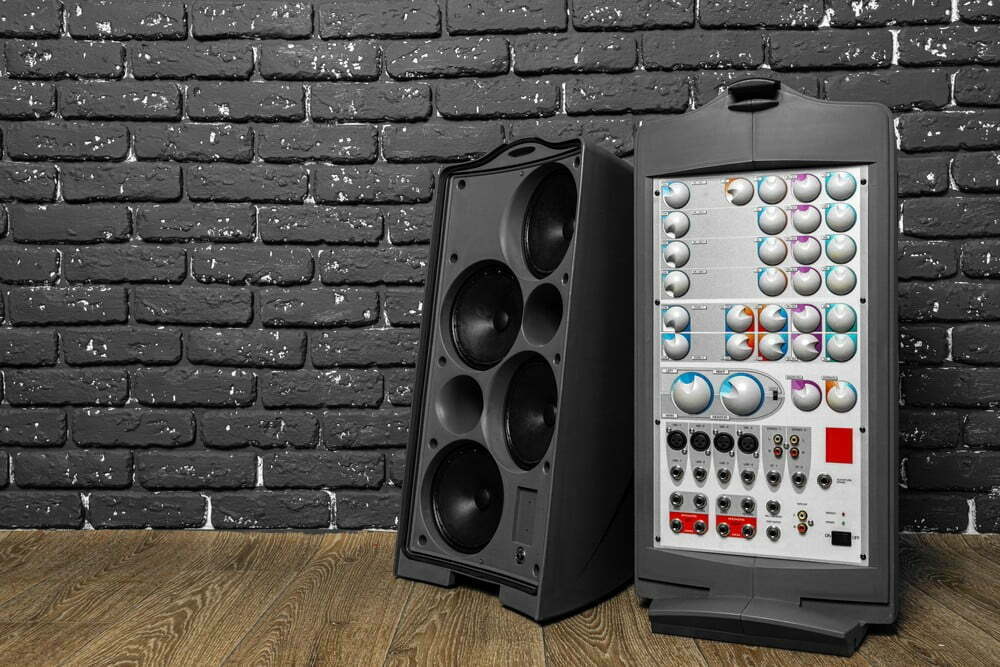
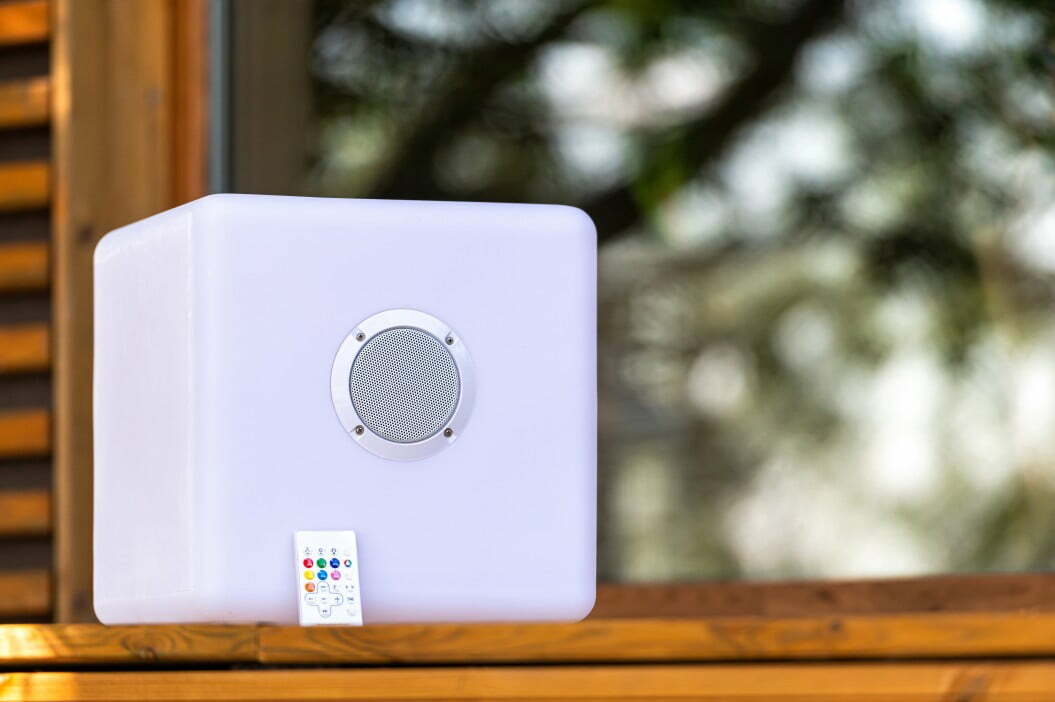
![Best Powered Speakers in [year] 27 Best Powered Speakers in 2025](https://www.gadgetreview.dev/wp-content/uploads/best-powered-speakers-image.jpg)
![Best Stereo Speakers in [year] 28 Best Stereo Speakers in 2025](https://www.gadgetreview.dev/wp-content/uploads/best-stereo-speakers-image.jpg)
![Best SoundBar in [year] ([month] Reviews) 29 Best SoundBar in 2025 (December Reviews)](https://www.gadgetreview.dev/wp-content/uploads/best-soundbar-image.jpg)
![Best Subwoofers in [year] ([month] Reviews) 30 Best Subwoofers in 2025 (December Reviews)](https://www.gadgetreview.dev/wp-content/uploads/best-subwoofer-image.jpg)
![Best TableTop Radio in [year] ([month] Reviews) 31 Best TableTop Radio in 2025 (December Reviews)](https://www.gadgetreview.dev/wp-content/uploads/best-tabletop-radios-image.jpg)
![Best 8 Inch Subwoofers in [year] 32 Best 8 Inch Subwoofers in 2025](https://www.gadgetreview.dev/wp-content/uploads/best-8-inch-subwoofer-image.jpg)
![Best Surround Sound Systems in [year] 33 Best Surround Sound Systems in 2025](https://www.gadgetreview.dev/wp-content/uploads/best-surround-sound-system-image.jpg)
![Best Laptop Speakers in [year] 34 Best Laptop Speakers in 2025](https://www.gadgetreview.dev/wp-content/uploads/best-laptop-speakers-image.jpg)
![Best Wireless Surround Sound Speakers in [year] 35 Best Wireless Surround Sound Speakers in 2025](https://www.gadgetreview.dev/wp-content/uploads/best-wireless-surround-sound-image.jpg)
![Best Bose Speakers in [year] 36 Best Bose Speakers in 2025](https://www.gadgetreview.dev/wp-content/uploads/best-bose-speakers-image.jpg)
![Best Home Stereo Systems in [year] 37 Best Home Stereo Systems in 2025](https://www.gadgetreview.dev/wp-content/uploads/best-home-stereo-system-image.jpg)
![Best WiFi Speakers in [year] 38 Best WiFi Speakers in 2025](https://www.gadgetreview.dev/wp-content/uploads/best-wifi-speakers-image.jpg)
![Best Wireless Home Theater Systems in [year] 39 Best Wireless Home Theater Systems in 2025](https://www.gadgetreview.dev/wp-content/uploads/best-wireless-home-theater-system-image.jpg)
![Best Party Speakers in [year] 40 Best Party Speakers in 2025](https://www.gadgetreview.dev/wp-content/uploads/best-party-speakers-image.jpg)
![Loudest Bluetooth Speakers in [year] 41 Loudest Bluetooth Speakers in 2025](https://www.gadgetreview.dev/wp-content/uploads/loudest-bluetooth-speaker-image.jpg)
![Best Car Speakers for Bass in [year] 42 Best Car Speakers for Bass in 2025](https://www.gadgetreview.dev/wp-content/uploads/best-car-speakers-for-bass-image.jpg)
![Best Marine Speakers in [year] 43 Best Marine Speakers in 2025](https://www.gadgetreview.dev/wp-content/uploads/best-marine-speakers-image.jpg)
![Best JBL Speakers in [year] 44 Best JBL Speakers in 2025](https://www.gadgetreview.dev/wp-content/uploads/best-jbl-speakers-image.jpg)
![Best Home Theater Speakers in [year] 45 Best Home Theater Speakers in 2025](https://www.gadgetreview.dev/wp-content/uploads/best-home-theater-speakers-image.jpg)
![Best Waterproof Speakers in [year] 46 Best Waterproof Speakers in 2025](https://www.gadgetreview.dev/wp-content/uploads/best-waterproof-speaker-image.jpg)


